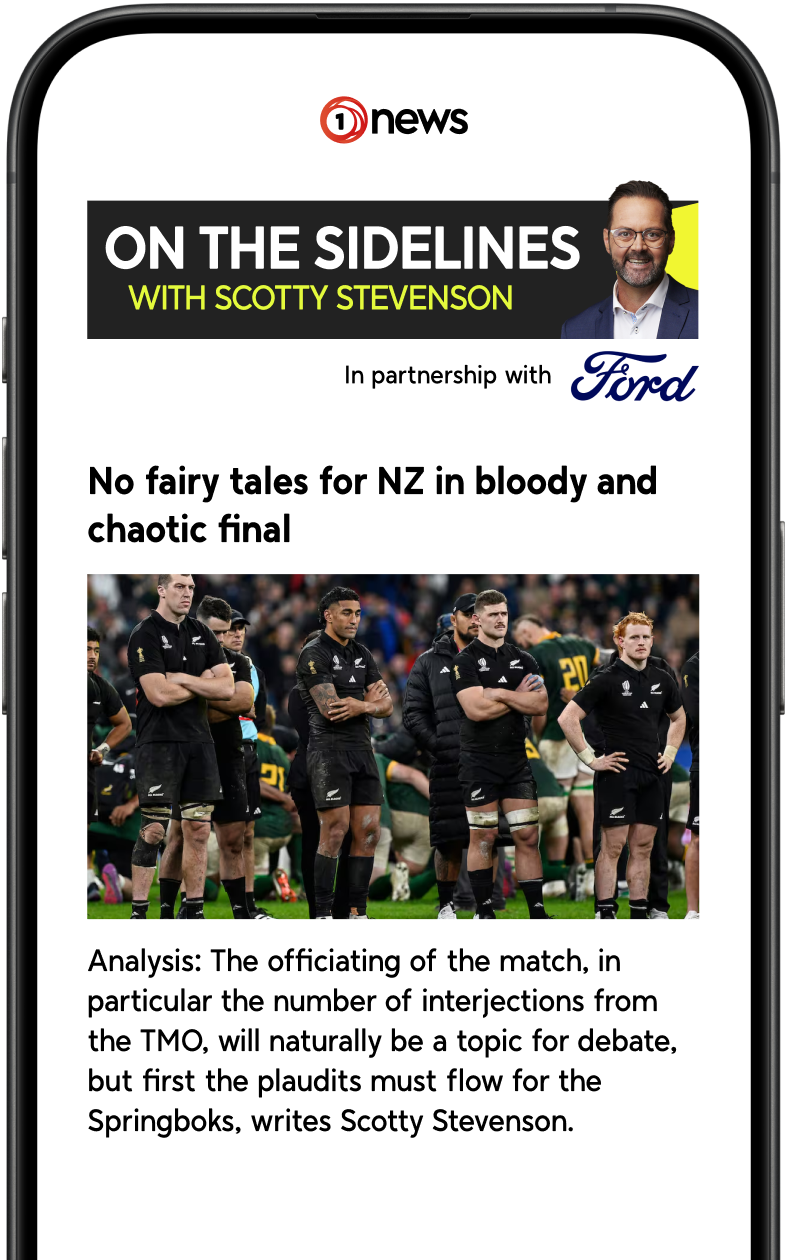We might not be the best in the world at rugby – but our research into the game is certainly getting global recognition.
For the last two years, mouthguards have been quietly collecting data into head impacts in the sport.
Special high-tech mouthguards, which contain sensors to measure g-forces in head acceleration events, were worn by more than 300 Dunedin players from under 13s through to seniors.
The Otago Community Head Impact Detection Study (ORCHID) is a joint project between World Rugby, Prevent Biometrics, New Zealand Rugby and the University of Otago – its measured more than 17,000 separate head acceleration events across the age groups.
And the findings are interesting. In fact, lead researcher Melanie Bussey is fizzing.
“What we've actually found is 90 per cent of the events are in the range of 6-15g which is more like a roller coaster ride or jumping on a trampoline or even gymnastics.
“Those higher magnitude events those over 30g events which are more likely to be direct contact to the head and more similar in magnitude to the rear-impact of a car those events tend to happen in tackle situations and ruck situations.”
And poor technique is at the bottom of most of these events.
Forwards had a greater number of head impact events – but the big hits affected all positions.
“Which is interesting because we know forwards are involved in more contact phases of the game so the fact that they were experiencing lower high magnitude events was important for us.”
Some of the findings were age related: “The youngest players actually had similar amounts of head acceleration events in their trainings as they did in their matches – but the older players have much more contact events in the match versus their training.”
While the findings are interesting – the tech is amazing
The mouthguards look the same as standard, but can help identify if a player has had a head injury – from the sideline!
And from next year all elite players worldwide will be wearing them.
Lead researcher Associate Professor Melanie Bussey says to see their work leading to change in the sport is extremely rewarding.
“You want your work to make a difference. You want to feel like what you’re doing is helping society and I think this has been so rewarding because we can see the direct affect,”
Her colleague, PhD researcher Janelle Romanchuk agrees.
"It's going to add huge value to world rugby - just to player welfare."
There are still questions to be answered – some of them strange
There’s much interest in the study from overseas and from other sporting codes. One of the talking points Bussey mentions is how a rugby player can walk away from a 40-50g event when a gridiron football player may be carried off in a stretcher in an event of that size.
“These are things we're definitely going to be exploring further as we go.”
The next phase includes looking at women’s rugby. Bussey has been researching injury and the biomechanics of injury in women’s health for more than 20 years.
“I am so excited about the women’s rugby - because most of the models that we have for any injury in sport is based on male models. Having the data for women will be really ground breaking.”
NZR responds
NZR General Manager Community Rugby Steve Lancaster said the research was positive, particularly for parents of Small Blacks and junior rugby players.
“NZR has an absolute commitment to making the game as safe as possible and reducing the risk of injury to our participants at all levels. We believe that there are so many benefits to playing rugby and are committed to balancing those with the need to respond to the research and risks in an appropriate way.
“We’re particularly proud that our New Zealand rugby community has been at the forefront of this research. We are already seeing this contribution make a material difference through initiatives like the reduced tackle height in community rugby, which has been positively received.”
World Rugby wades in
World Rugby chairman Sir Bill Beaumont welcomed the world-leading study: “Using the latest research and technology is at the heart of our six point plan to make rugby the most progressive sport in the world on player welfare.”
“These studies are concrete proof that World Rugby us putting our time, energy and efforts in to back up our words and the insights gained are already helping us make evidence-led moves to make the sport even safer, we will never stand still on player welfare.”




















SHARE ME